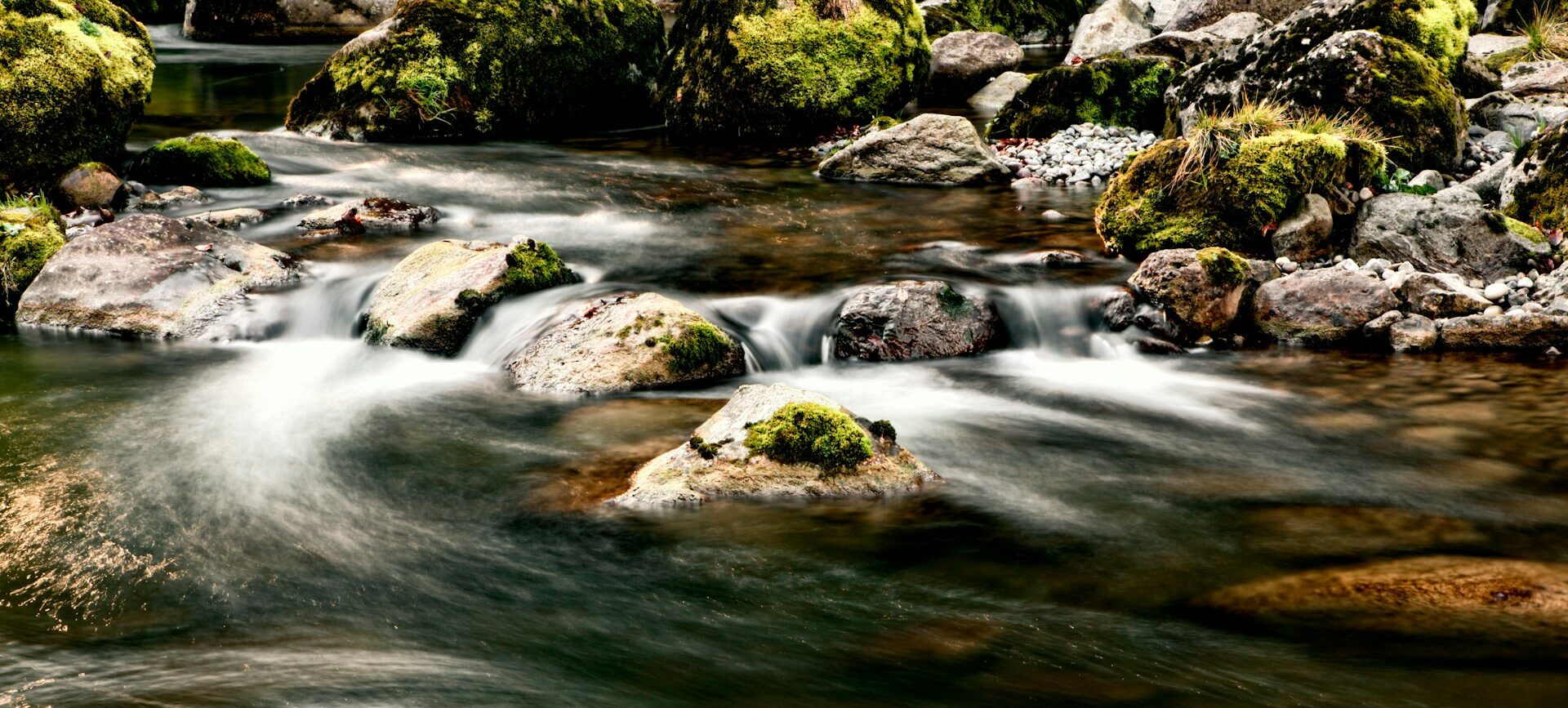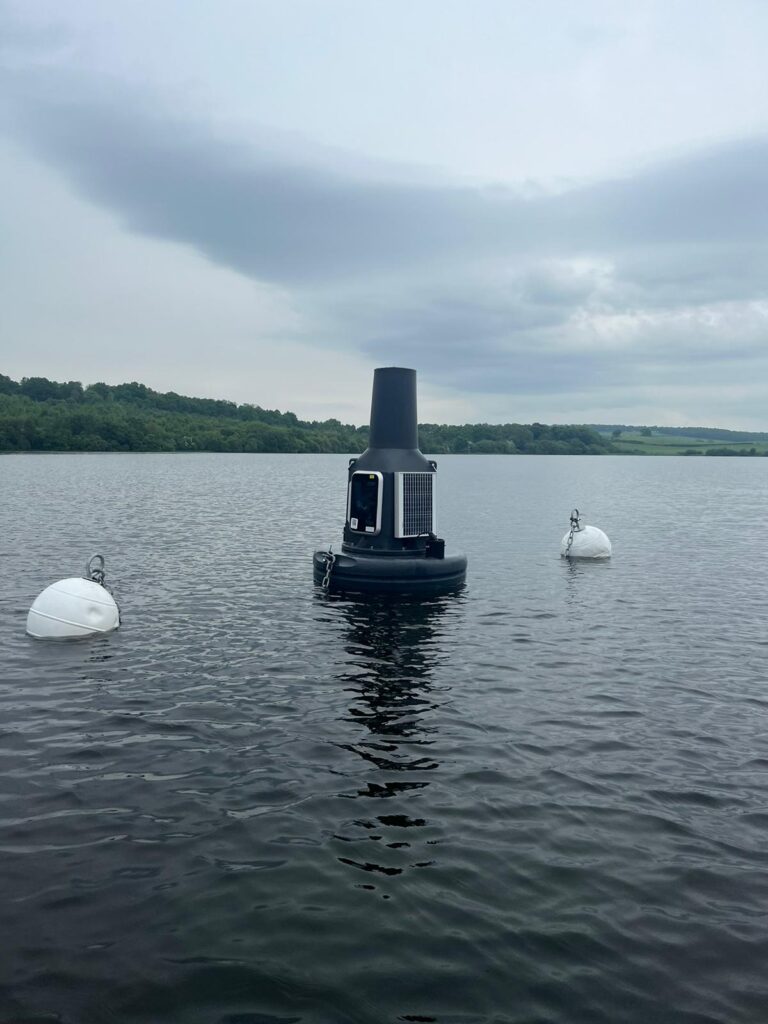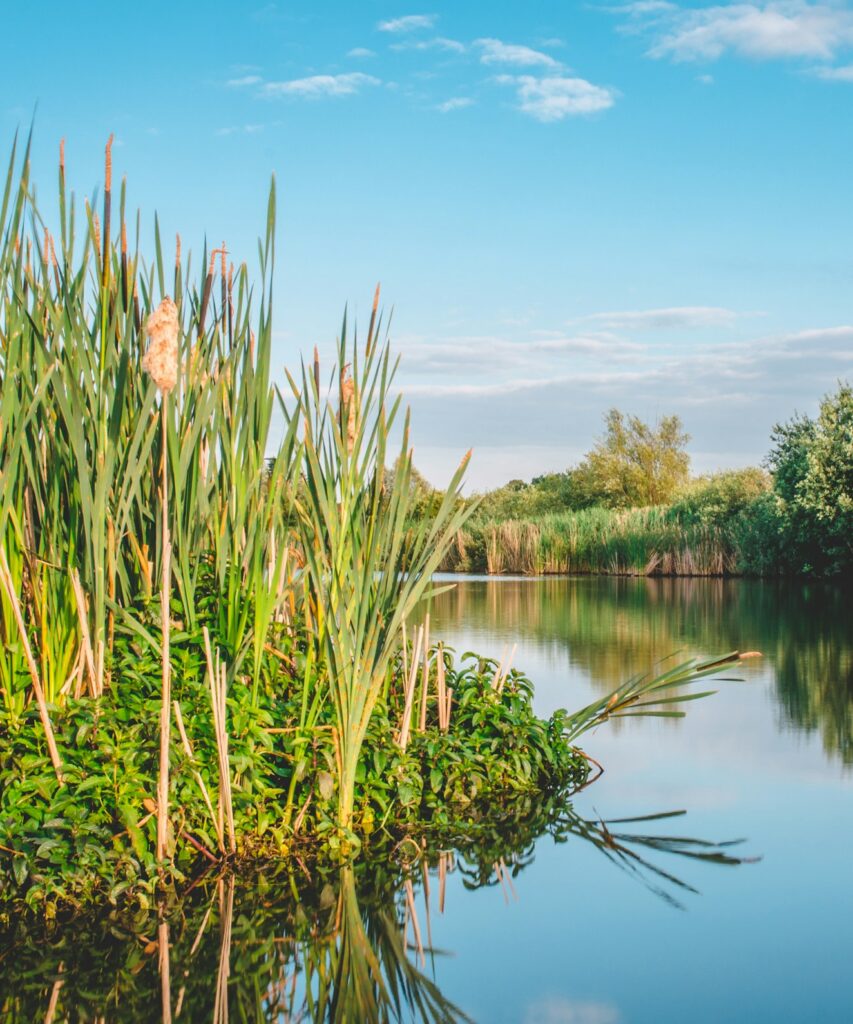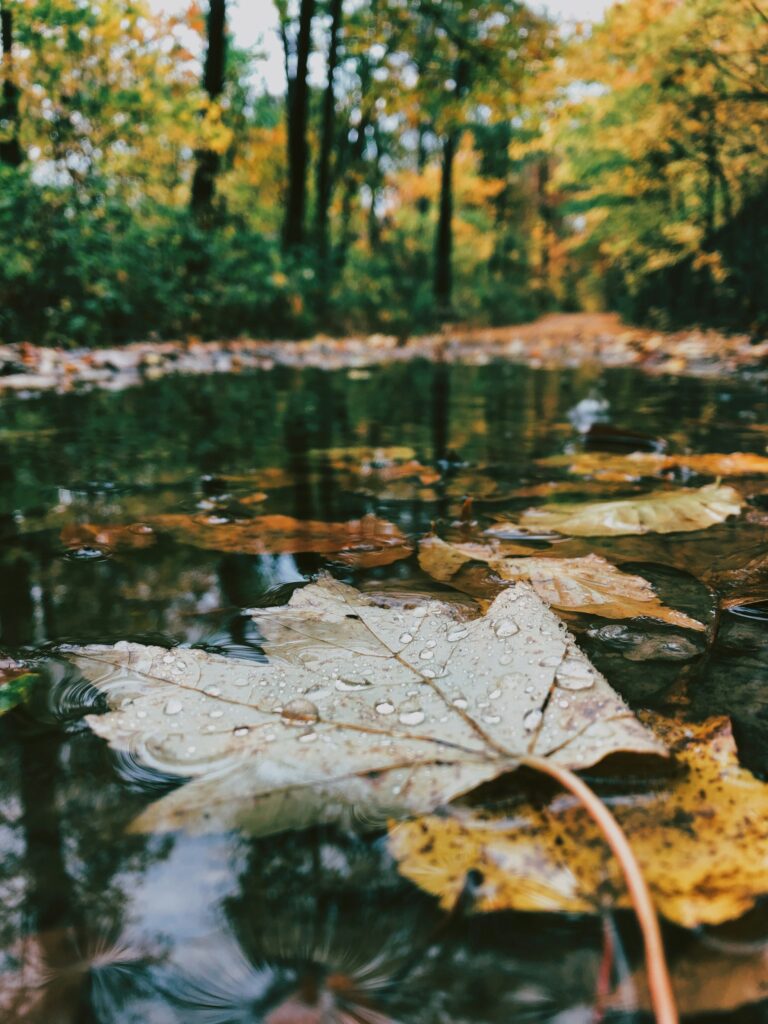
Monitoring water quality & weather at Gartmorn Dam
Gartmorn Dam reservoir is popular with visitors and local wildlife alike. Much of Alloa’s industrial heritage revolves around the water power provided by the dam, and today we still enjoy the abundant ecosystems and green and blue spaces supported by the reservoir and the small streams feeding into it. Good water quality is crucial for keeping visitors and wildlife safe, so we collect important data on water quality indicators and weather conditions that can influence them.

Water quality data buoy
- The large grey buoy is deployed in a central location of the reservoir with a depth of approx. 5m and measures the following variables: conductivity, temperature, phycocyanin (algae), flourescent dissolved organic matter, dissolved oxygen, pH, ammonium & nitrate, turbidity.
- The buoy is kept clear of rare water plants and not anchored to the reservoir bed, but only weighted down using sinkers.
- Routine maintenance visits by our technical team take place once a month to high safety and biosecurity standards.
Bankside nutrient sensors
- Two medium-sized metallic probe cylinders are deployed near the banks of the reservoir to measure nitrate, nitrite, and phosphate concentrations.
- The probes operate at a maximum deployment depth of 1 m and a temperature range of 0-35°C.
- Routine maintenance visits by our technical team are required every three months for reagent and filter changes.


Weather station
- A compact, battery-powered, all-in-one weather station measures the following parameters: solar radiation, precipitation and relative humidity, air temperature and internal temperature, vapour and barometric pressure, wind speed, direction and maximum wind speed, lightning strike count and average distance, tilt.
- Routine maintenance visits by our technical team required every 6 months.